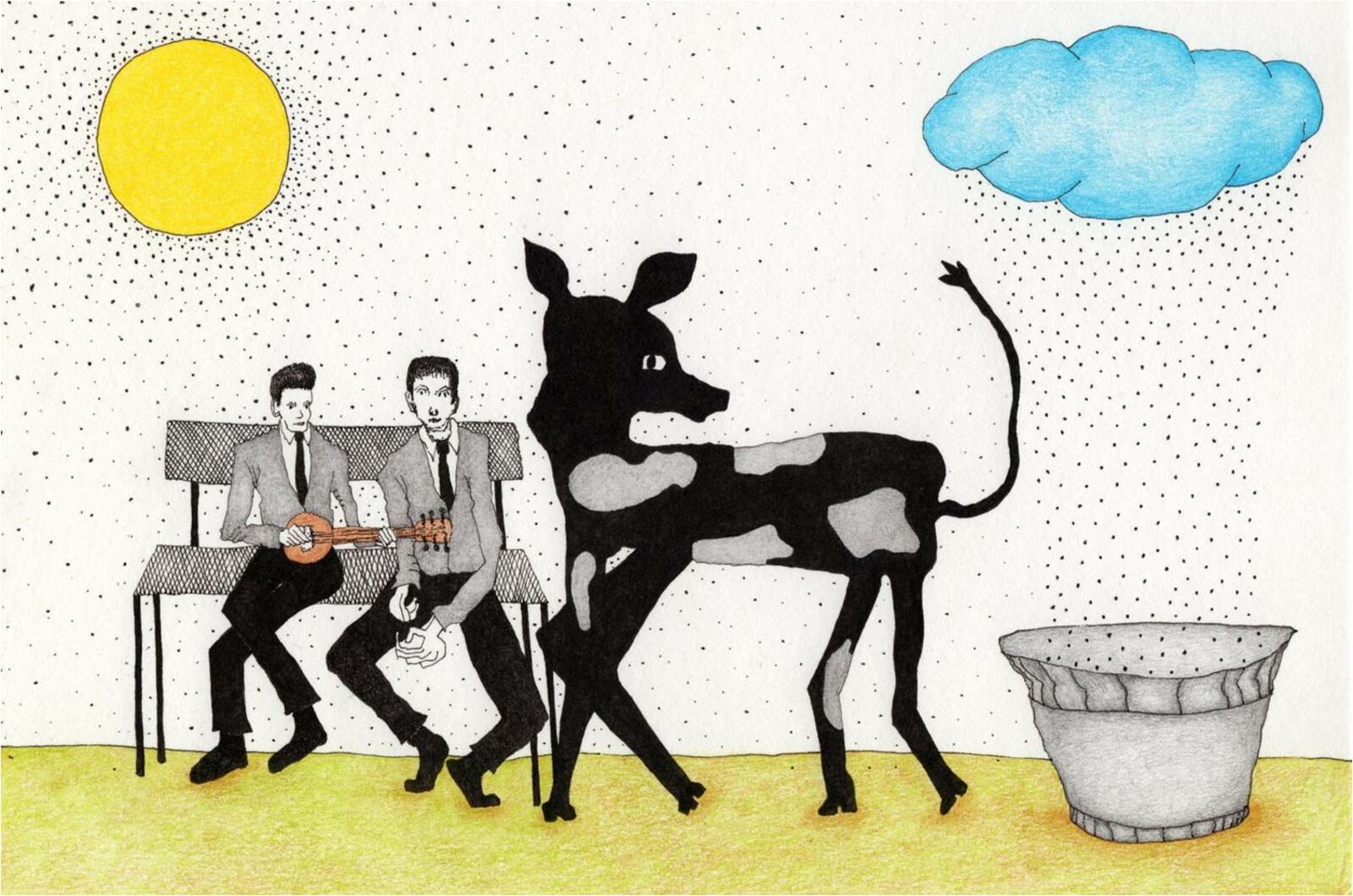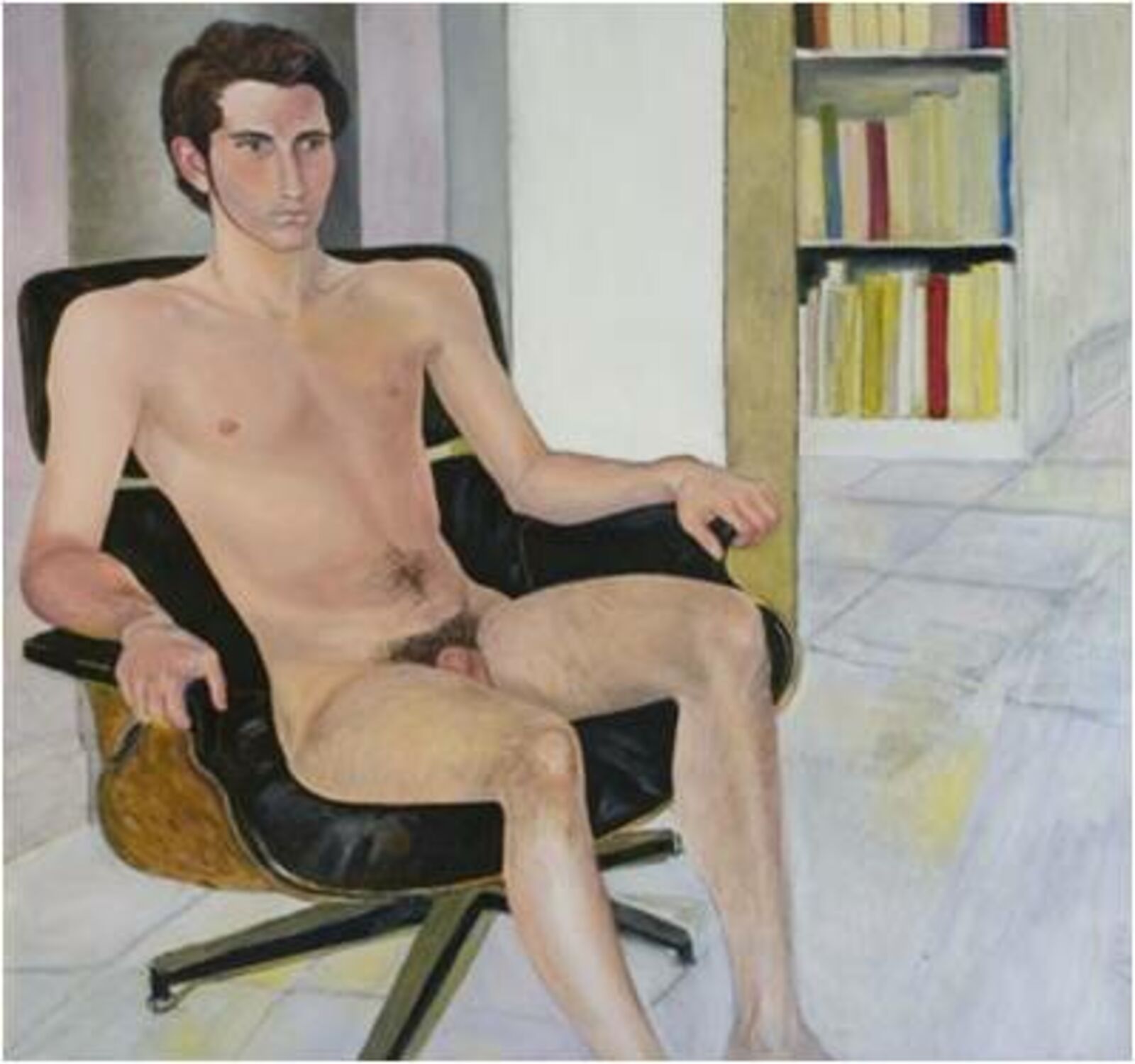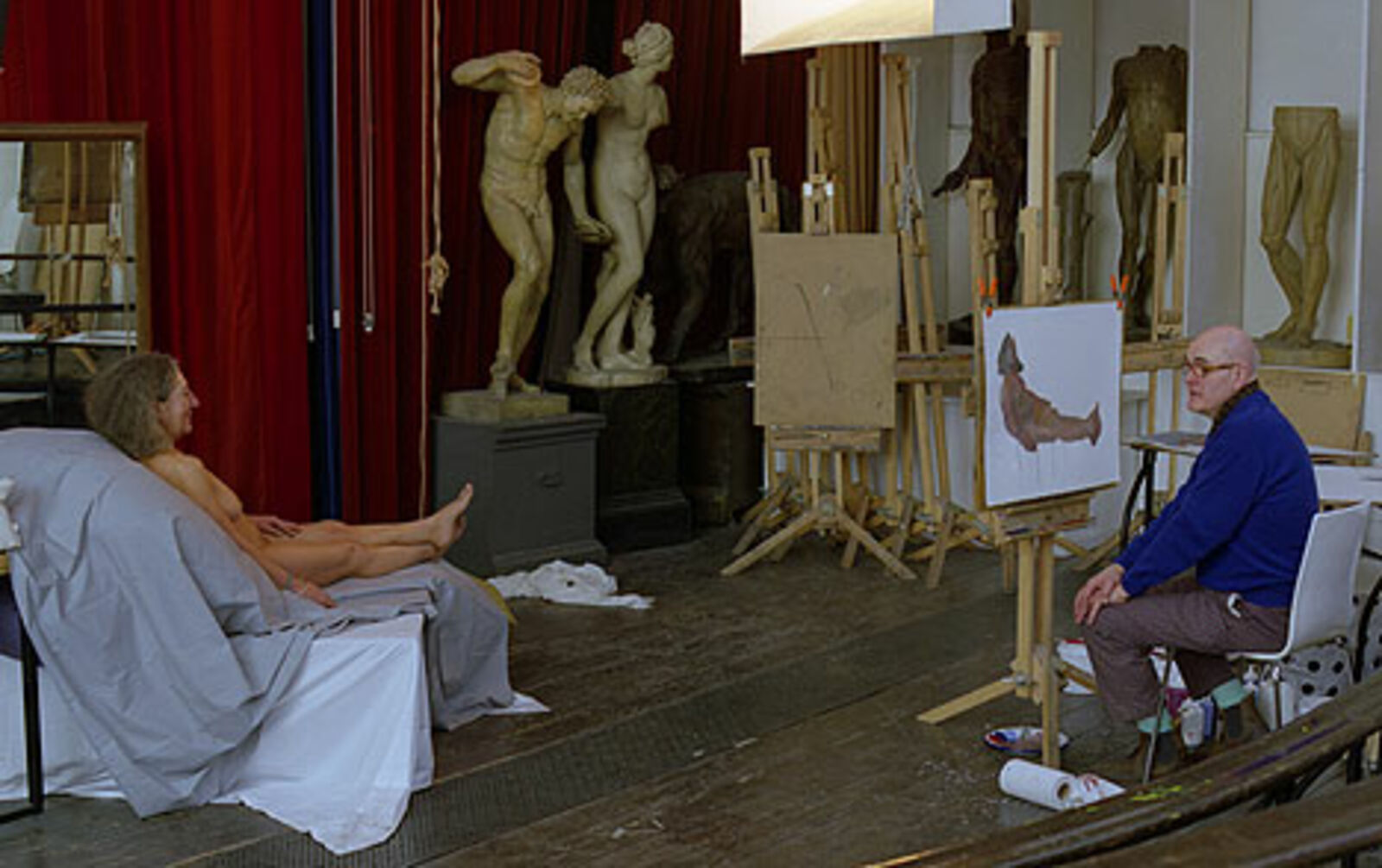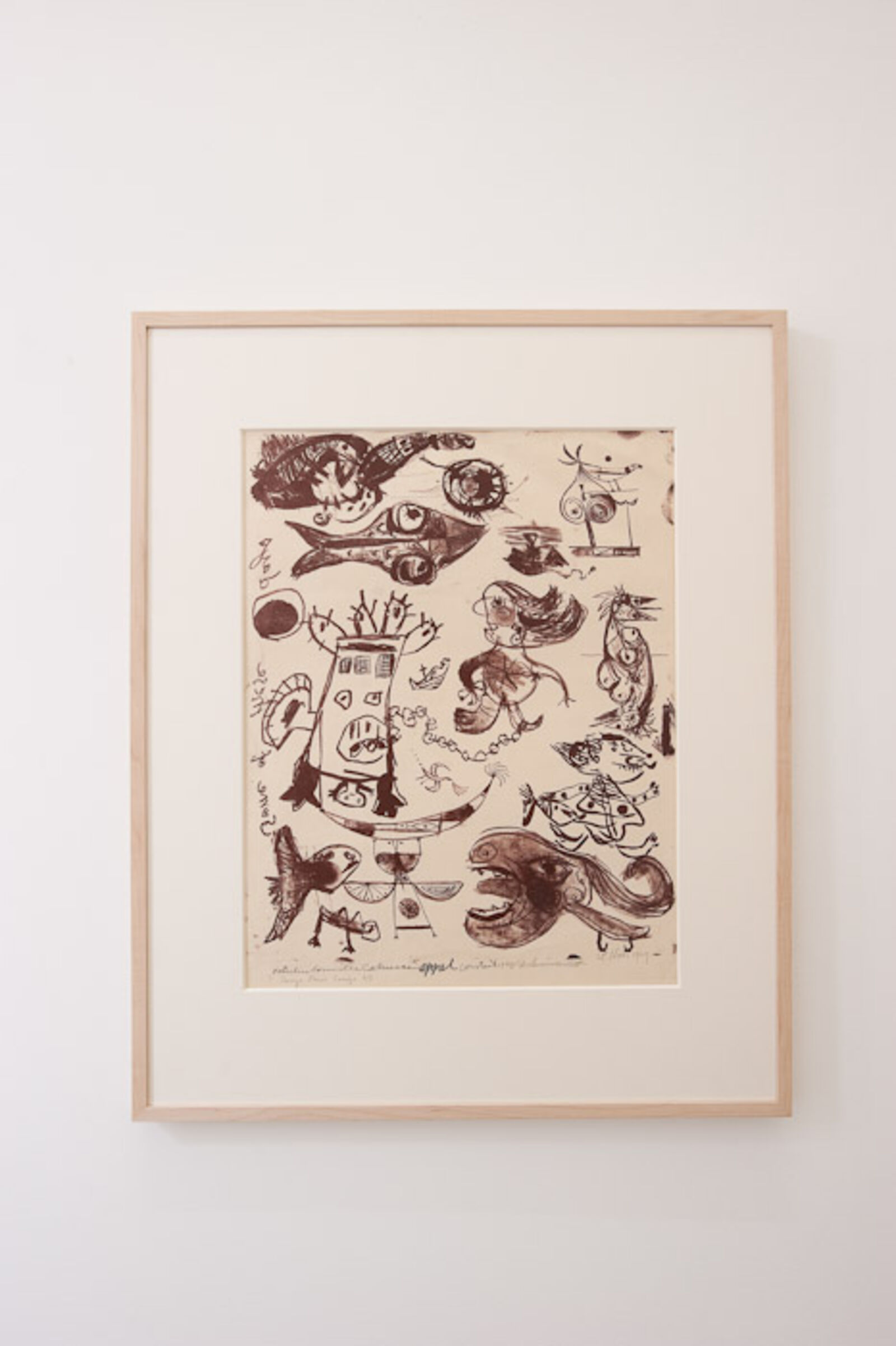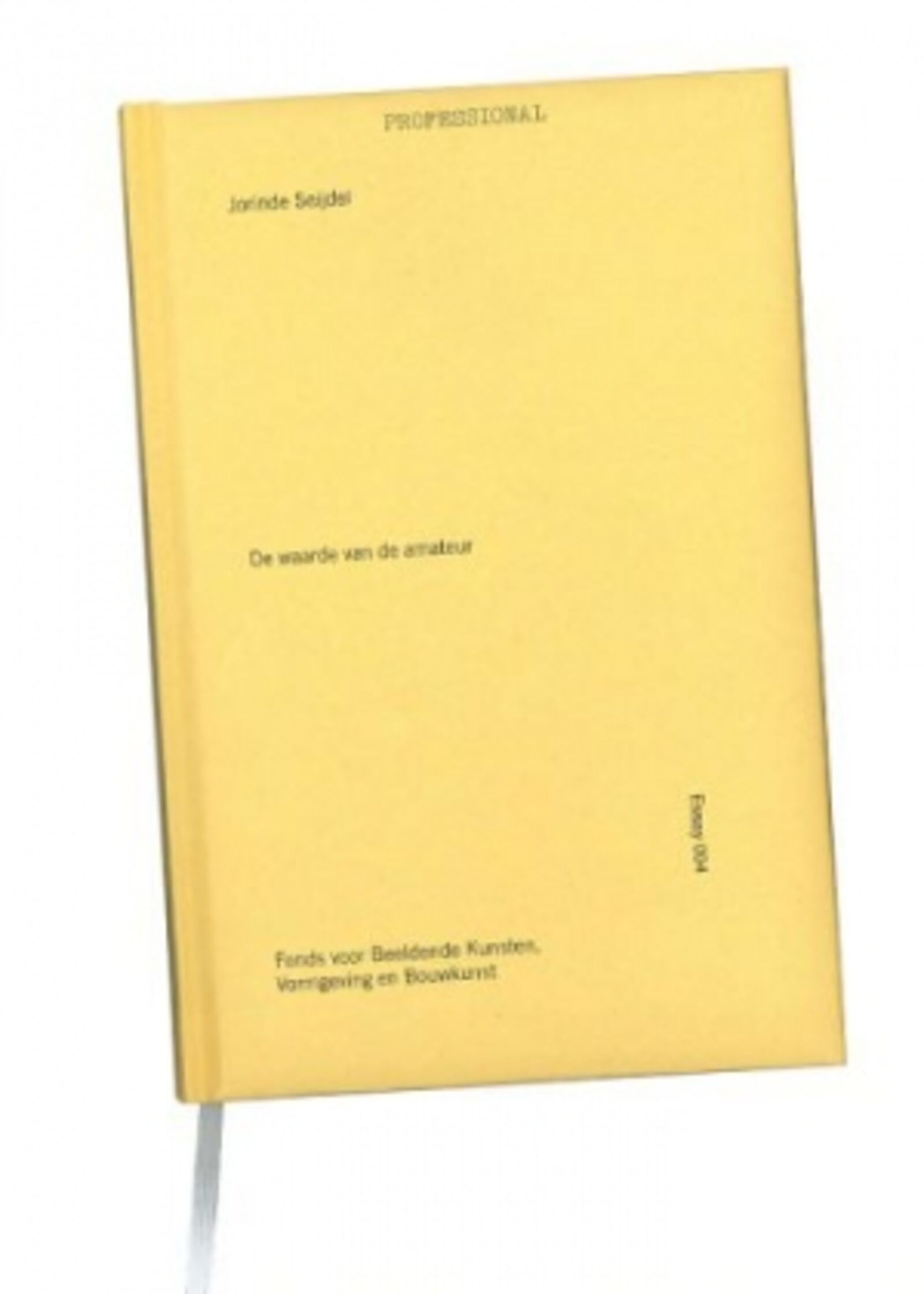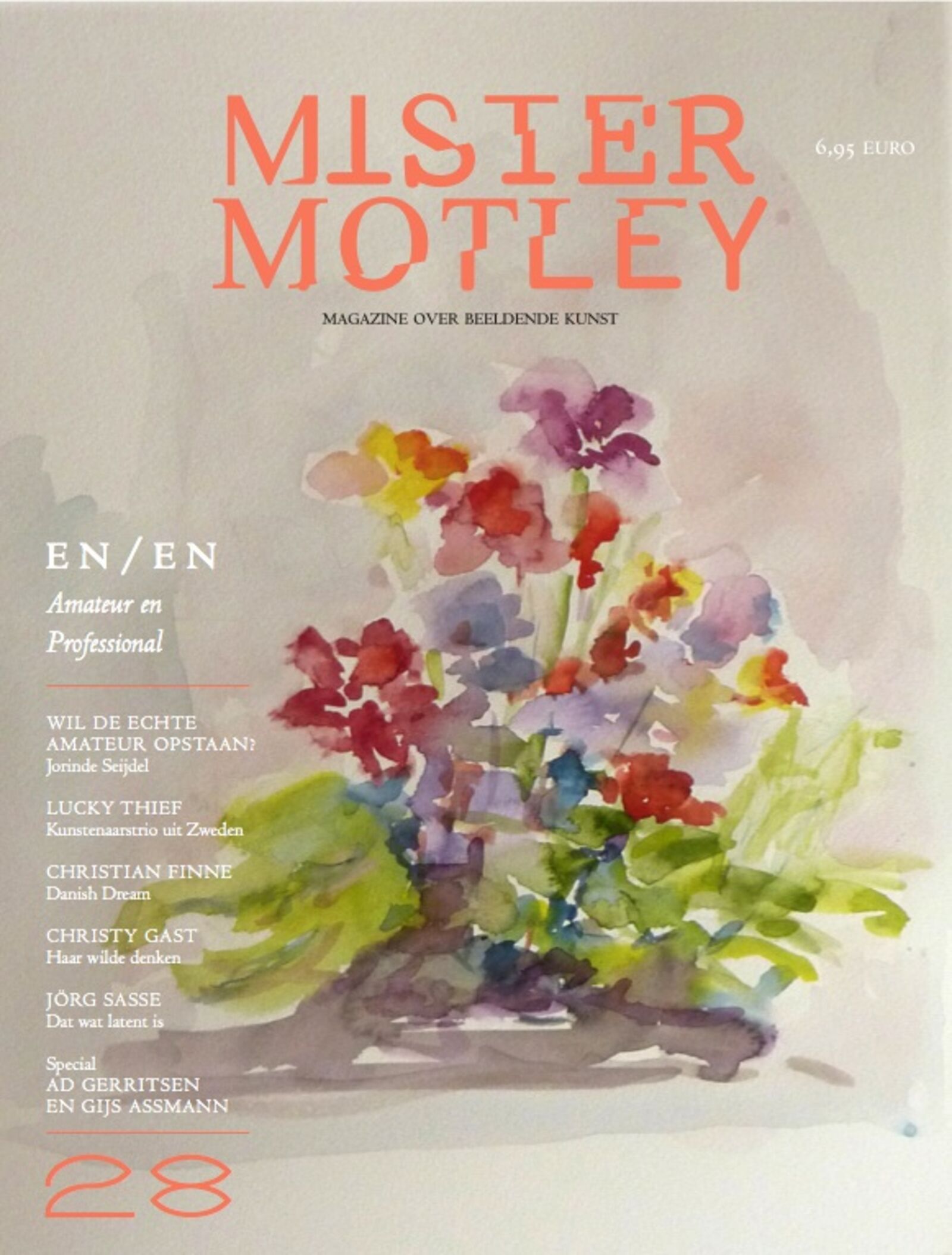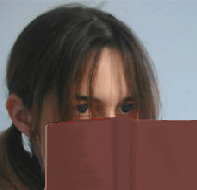Filmscreening – “ From Bob Ross to Godard”
de Appel, Jongensschool, Eerste Jacob van Campenstraat 59
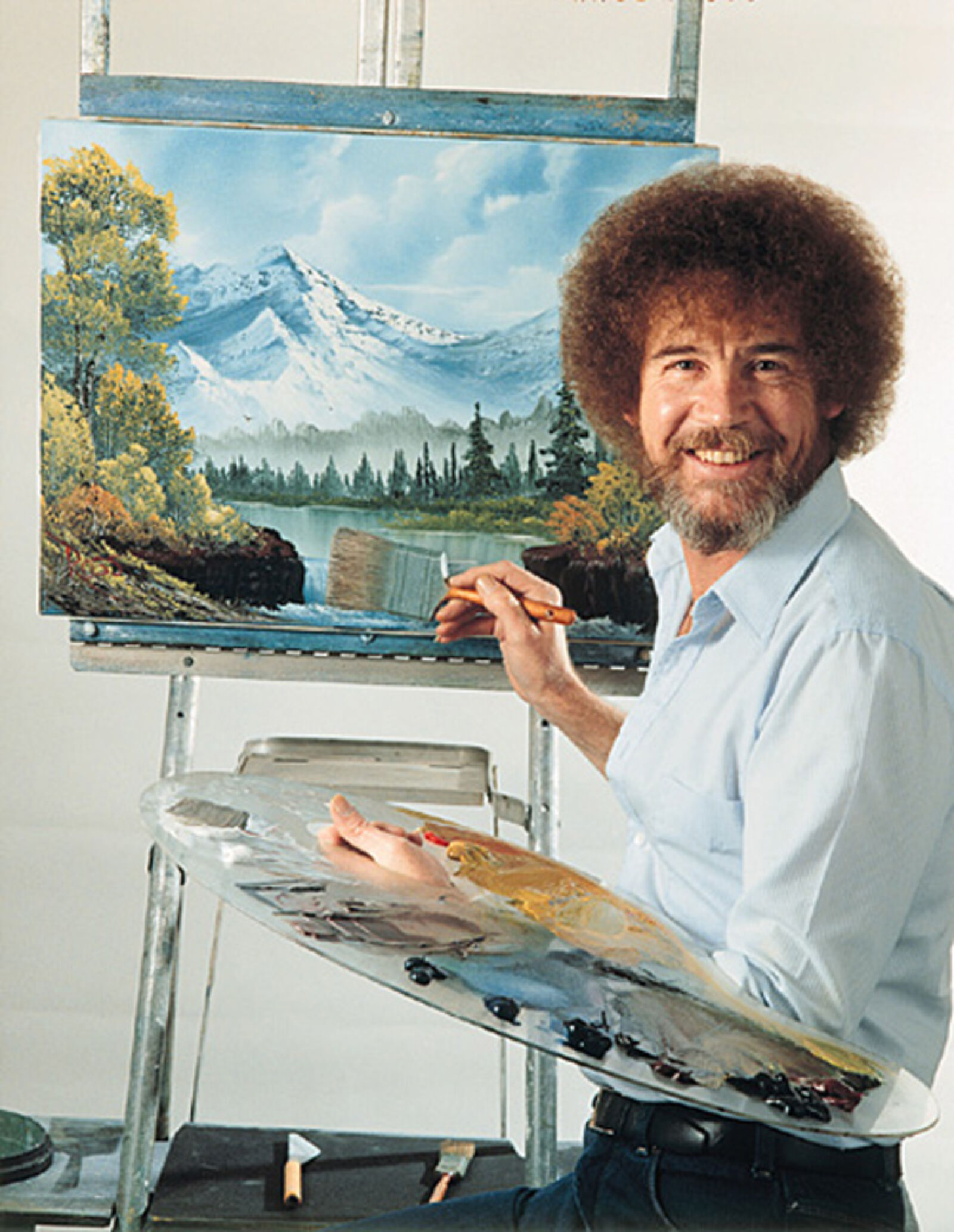
Bob Ross
Reservations: reservation [at] deappel.nl
Language: English
Entrance: 7 Euro, 4,50 (student/ CJP/ 65+)
On 21 September from 7 to 10 p.m. de Appel arts centre is presenting a film evening entitled “Van Bob Ross to Godard”, during which we will show four different films consecutively.
Programme
7.00 – 8.20 p.m. My Kid Could Paint That
8.20 – 8.35 p.m. Break, 15 minutes
8.35 – 9.05 p.m. Ten Weyngaert, In the Vineyard
9.05 – 9.30 p.m. Bob Ross, Joy of Painting
9.30 – 9.40 p.m. Godard, France/tour/détour/deux/enfants
“My Kid Could Paint That”, 2007, 82 minutes
A look at the work and surprising success of a four-year-old girl whose paintings have been compared to those of Picasso and who has made hundreds of thousands of dollars. Directed by Amir Bar-Lev.
Amir Bar-Lev (born in 1972) is an American film director, producer and writer from Berkeley, California. He is best known for his documentary work, for example, Fighter, a documentary released 24 August 2001. The film received a Special Jury Citation in the 2000 Karlovy Vary International Film Festival.
“Ten Weyngaert”, 2007, 26 minutes
The film Ten Weyngaert (In the Vineyard) takes the name and location of a Brussels Community Centre that was built as a utopian space, but is now frequented by disturbed people and remains isolated from the city’s public life. As is often the case with this artist’s work, the cast is comprised of family members, friends and non-professional actors – all familiar people placed in a radically non-familiar situation. The unfolding action becomes an allegory of human behaviour under social and psychological “pressure.”
Jos de Gruyter (1965) and Harald Thys (1966) have been collaborating on visual work, works on paper, videos and sound art since the second half of the 1980s. Even though the artists are best known for their audio-visual productions, these are inextricably bound up with their work in other media. Their entire oeuvre is characterised by a burlesque friskiness and an almost childlike simplicity with a humorous effect. Nevertheless, it always embodies a dark strand of paradoxical emotions or critical reflections. For the most part their videos start from trivial and almost corny situations and actions, for example, a discussion between a man and a woman who are trying to improve their house (The Bucket) or a fairy tale (The Curse).
“Joy of Painting”, 1982, 26 minutes
You’ve probably seen Bob Ross before. He’s the quietly spoken guy painting happy clouds, mountains and trees, using big house-painting brushes and cooing a soothing “you can do it” to the audience. His “Joy of Painting” programme is the most recognized, most watched TV art show in history.
Bob Ross (1942 –1995) is virtually a cult figure among varying age groups all around the world, but this is not just about painting. Millions of viewers agree that his quiet and supportive disposition is a form of therapy for the weary, and his respect for nature and wildlife (popular guests include lovable baby squirrels and birds) has helped environmental awareness. A native of Orlando, Florida, Bob Ross began painting at the age of 18 when he joined the Air Force and was stationed in Alaska. He took various art courses at universities and colleges, and eventually developed and personalized his quick and unique Bob Ross Wet-on-Wet Technique ®.
French filmmaker Jean-Luc Godard (1930) is one of the key figures in modern cinema. Throughout an extraordinary career that began with his 1959 masterpiece Breathless, Godard has continued to be one of the most original, controversial and influential figures in contemporary film. He is often identified with the group of filmmakers known as the French Nouvelle Vague, or New Wave. In 1976, Godard began collaborating with filmmaker Anne-Marie Miéville on a series of radically innovative works for broadcast on European television – works that Colin MacCabe termed "probably the most profound and beautiful material ever produced for television." Displaying the rigorous intellect and irreverent wit that characterize Godard's films, these richly experimental works break new ground both as video and as television.
“France/tour/détour/deux/enfants”, 1978, 10 minutes
While images from mass media recur throughout Godard’s films, it was only after 1968 and his break with traditional cinematic production and distribution systems that he began focusing specifically on television and video as a subject and medium. In 1972, in a deliberate departure from the commercial filmmaking industry, Godard and Miéville established the alternative production and distribution company Sonimage, based in Grenoble. Through Sonimage, Godard produced a number of pivotal films, including Numéro deux (1975) and Sauve qui peut (la vie) (1980), which are marked by formal and thematic innovations, including the use of video. During this time Godard and Miéville began producing their collaborative work for European television, including two major series, Six fois deux/Sur et sous la communication (1976) and France/tour/détour/deux/enfants (1978).
